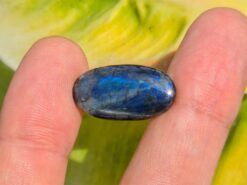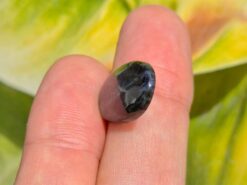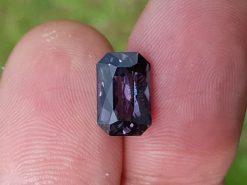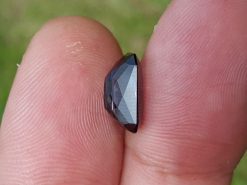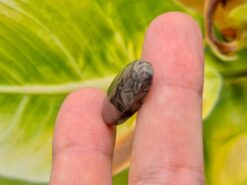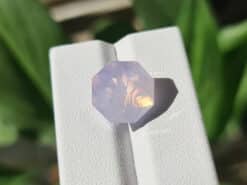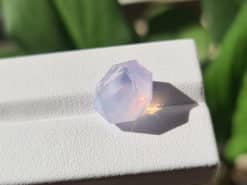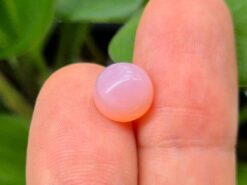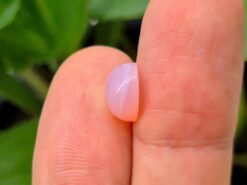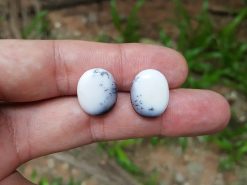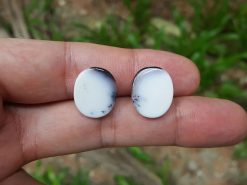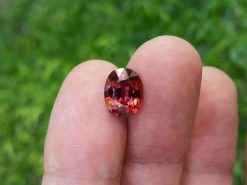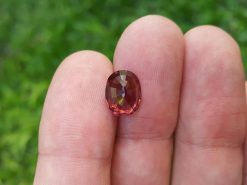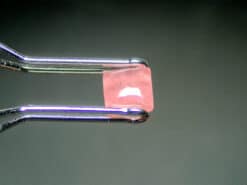Coquina jasper
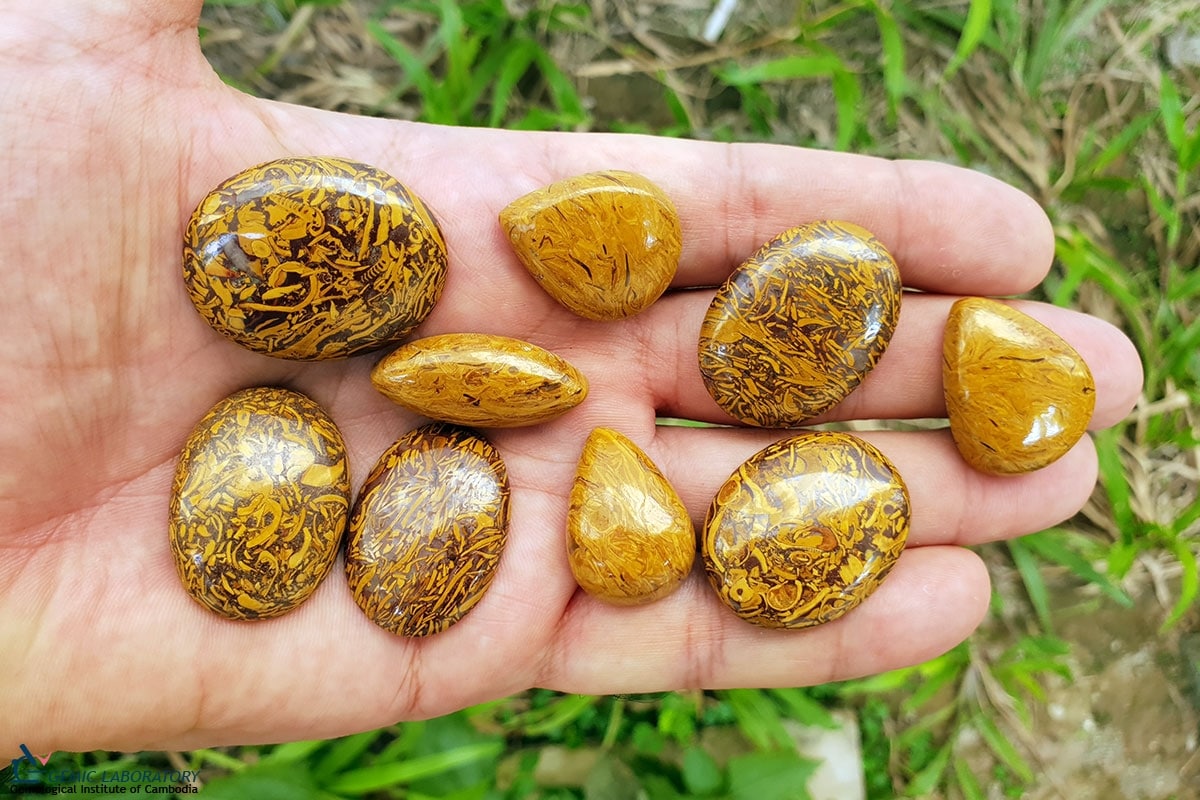
Coquina jasper comes from India. It is a naturally occurring fossil shell and Hematite Iron stone mixture.
Buy natural gemstones in our shop
Coquina Jasper also known as Indian script stone, script stones, cobra Jasper or Arabic script.
A kind of jasper with shells or coral imbedded in the sedimentary rock. It is these shells or coral that give this stone its distinctive patterns making no two stones the same.
A consolidated sedimentary rock of biochemical origin mainly composed of the mineral calcite often including some phosphate in the form of seashells or coral.
The stone forms near the shore where wave action is vigorous and sorts the sediments well. Jasper has such a distinctly grainy structure compared to other forms of chalcedony that some scientists even put jasper into its own individual group within the quartz family.
This stone is not usually treated or enhanced in any way. And it is known to take an excellent polish. However but the hardness can vary. And the stone can have some very tiny surface pits.
On the Mohs scale, the stone has a hardness of 6.5-7.0. But it usually varies from stone to stone.
The classification of this stone is usually jasper. But due to its grainy structure, scientists classify this gemstone by itself.
The crystal’s color is mostly brownish reddish with streaks or stripes of an orange yellow color.
Location
We found the gemstone in several places around the world. However we source script stone from Rajasthan India. The stone formed there hundreds of years ago when water surrounded the area.
Coquina jasper meaning and metaphysical properties
The following section is pseudo scientific and based on cultural beliefs.
Assists in accessing the Akashic Records Useful in past-life recall Connects the solar plexus chakra with the third-eye chakra helping you to access your hidden powers Helpful in contacting your guides and angels particularly through automatic writing.

